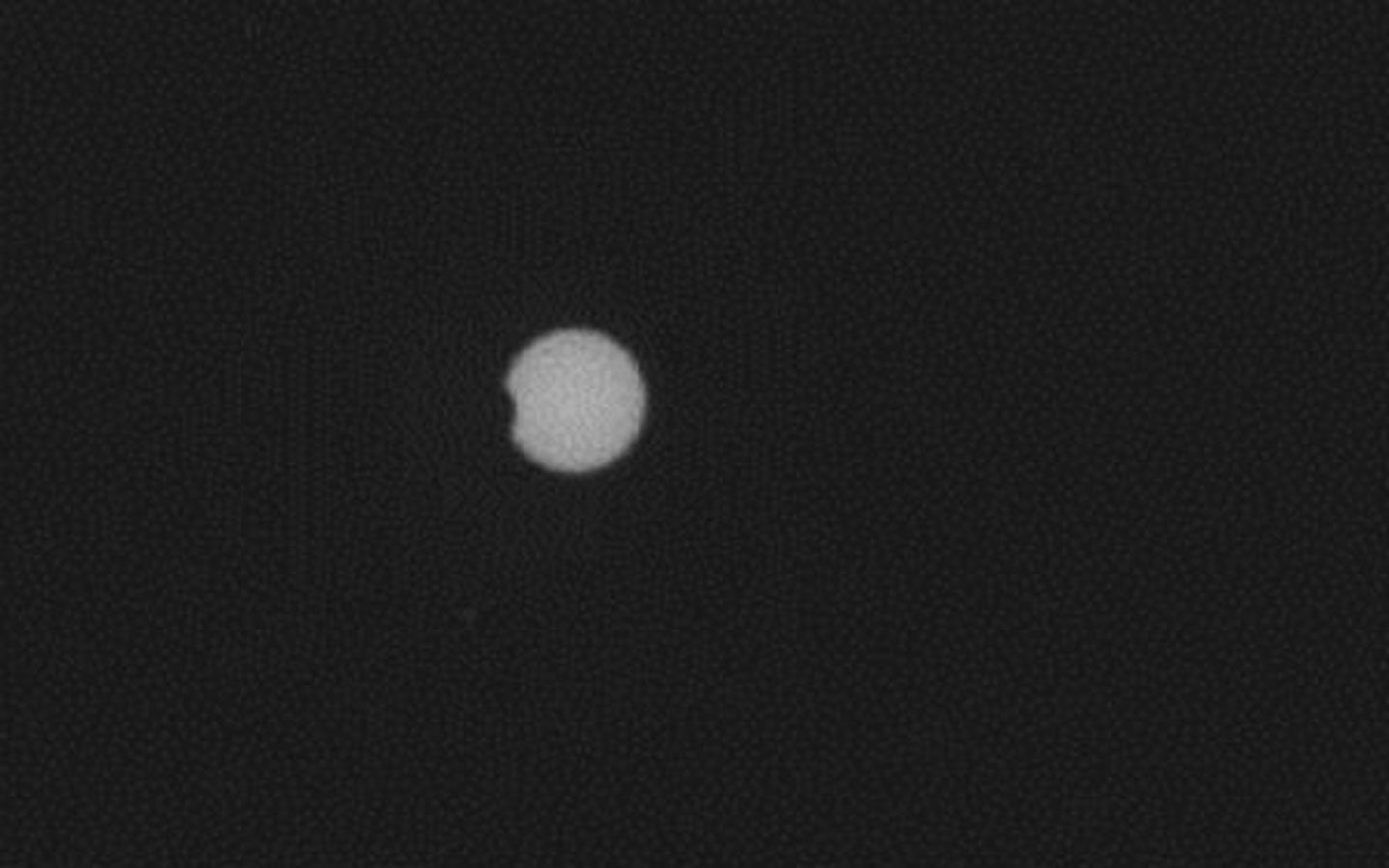NASA Will Broadcast Mars Landing in Times Square

Curiosity, NASA’s most advanced planetary rover, will land on Mars at 1:31 a.m. EDT on Aug. 6. And if you’re in New York City, you can watch it happen live in Times Square. NASA TV will broadcast the landing on the Toshiba Vision screen starting at 11:30 p.m. on Aug. 5 and ending at 4:00 a.m. the next morning. Programming will come directly from Mission Control at NASA’s Jet Propulsion Laboratory. “In the city that never sleeps, the historic Times Square will be the place for New Yorkers to participate in this historic landing,” said NASA Science Mission Directorate’s John Grunsfeld. “When you think of all the big news events in history, you think of Times Square, and I can think of no better venue to celebrate this news-making event on Mars.” In order to properly hear the broadcast, viewers will have to tune in to online radio station Third Rock Radio. If you’re not in the New York metro area, you’ll still be able to follow the event. The landing will be live streamed on the NASA homepage and on the TuneIn app. So, make sure your devices are fully charged and ready for noises that are literally out of this world. Image courtesy of Flickr, alanosaur “I am No Man” Doesn’t Cut It: The Story of Eowyn Why All Those Sexist Complaints About The New Ghostbusters Movie Are Garbage Study Says Binge-Watching Is For Lonely & Depressed People & Those Who Lack Self-Control The Pirate Bay Has Returned To the Land Of the Living After Two Months This article originally published at Geekosystem here Read more: http://mashable.com/2012/08/01/nasa-curiosity-times-square/
